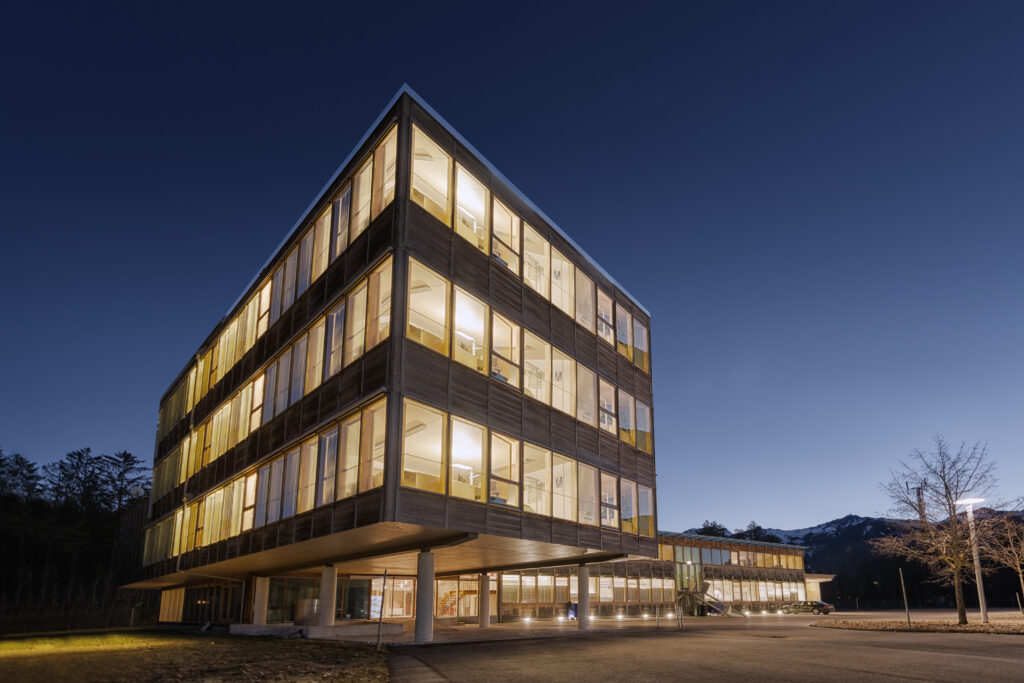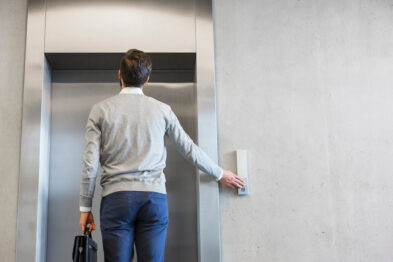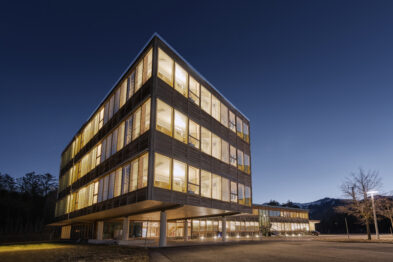In the heat of the Coronavirus (COVID-19) pandemic, predictions about the future of everything are the topic du jour. The norms and assumptions of daily life from January 2020 are all being reevaluated. One of the biggest changes that may well occur is how people interact with offices and how companies interact with their physical spaces. To predict the future access control best practices, we have put together two lists – one for the highest risk areas for disease spread in office buildings today, and another that covers some of the remedies we believe will become the new standard operating methods.
Here are the biggest risk factors for disease spread in a modern office building environment:
- iPads for visitor registration. Hundreds of people handle these on a daily basis.
- Door handles. Another shared object that is touched by hundreds of people daily.
- Keycards. Keycards are tapped onto each reader multiple times throughout the day and can be a vector for spreading diseases.
- Elevators. This may be the hardest thing for buildings and their tenants to change, but they are a major risk factor.
Access control best practices: a few things that we anticipate will change:
- Buildings will have open to install mechanical doors and no-touch turnstiles everywhere possible.
- Registering on an iPad will be replaced with pre-registration and kiosks monitored by building staff to limit the amount of people in contact with shared devices.
- Mobile access will become a primary credential as keycards and touching of readers are phased out.
- Cloud-based access control systems will become required to enable remote management of systems by multiple people with their own laptops and tablets.
These are just a few examples of things that will change post COVID-19.
What do you think will happen as we start to reopen the world?



